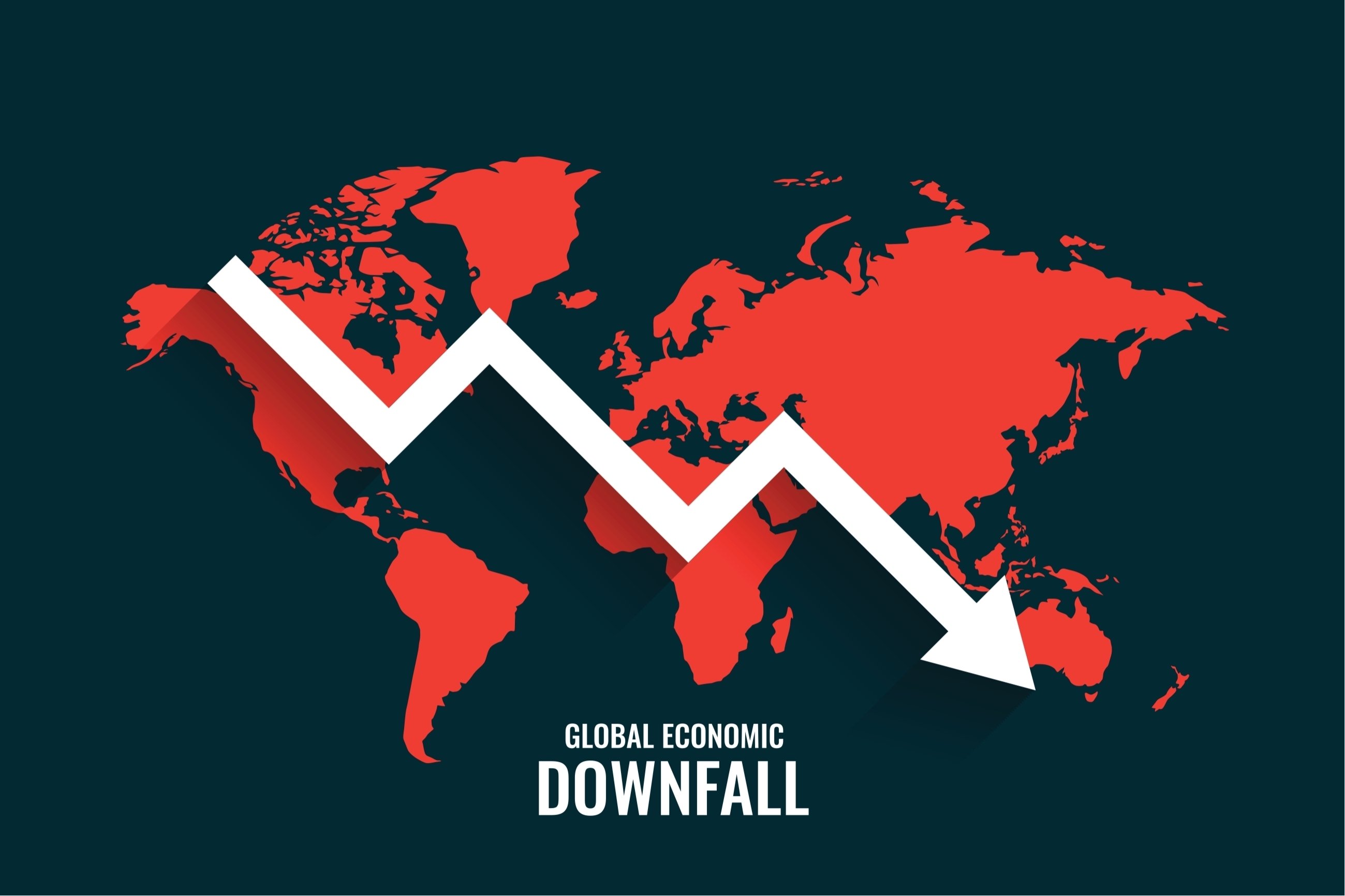As we navigate through 2025, the trajectory of interest rates remains a pivotal concern for investors, homeowners, and policymakers. Recent economic indicators, central bank policies, and geopolitical developments offer insights into potential shifts in interest rates.
Therein lies the question: Will interest rates go down in 2025? According to projections from major central banks and economic analysts, the answer is yes.
The Federal Reserve (Fed) is expected to implement multiple rate cuts, potentially totalling 75 basis points, by the end of the year, bringing the federal funds rate down to a range between 3.5% and 4%.
Global Economic Overview

The global economy in 2025 is characterised by a mix of recovery efforts post-pandemic and emerging challenges. Trade tensions between massive economies have introduced uncertainties that influence monetary policies worldwide.
In the U.S., trade tensions, particularly those involving tariffs, disrupt global supply chains and dampen economic growth. Such uncertainties may influence the Fed's decisions to navigate a complex landscape.
Central banks are also trying to balance the dual objectives of controlling inflation and supporting economic growth, leading to varied approaches to interest rate adjustments.
Factors Influencing the Fed's Rate Decisions
1) Inflation Trends
Inflation has been a central concern for the Fed in recent years. However, recent data indicates a gradual decline in inflationary pressures, which could lead to rate cuts. The central bank aims to balance the need to support economic growth while keeping inflation in check.
2) Economic Growth Projections
The U.S. economy is projected to grow slowly in 2025, with estimates between 1.6% and 1.9%. This deceleration in growth, coupled with potential impacts from global trade tensions, supports the case for the Fed to lower interest rates to stimulate economic activity.
3) Labor Market Considerations
While the labour market remains relatively strong, there are signs of softening. A slowdown in job creation or an uptick in unemployment could prompt the Fed to prevent a more significant economic downturn by aggressively reducing rates.
Will Interest Rates Go Down in 2025? Countries Insight

1. United States: A Wait-and-See Approach
The Federal Reserve has maintained a cautious stance amid mixed economic signals. While inflation has shown signs of moderation, concerns over potential economic slowdowns and labour market dynamics persist. The Fed's decisions are further complicated by global trade uncertainties, particularly those stemming from recent tariff implementations.
Mortgage rates, closely tied to interest rates, have shown signs of moderation. Fannie Mae projects the 30-year fixed mortgage rate to average 6.3% by the end of 2025, a downward revision from earlier forecasts. Similarly, the Mortgage Bankers Association anticipates rates to settle around 6.5% in 2025.
2. United Kingdom: Bank of England's Approach
The UK faces economic pressures due to new tariffs on exports, leading to revised growth projections. The EY Item Club has adjusted its 2025 growth forecast for the UK to 0.8% from 1%, citing market uncertainty and disrupted global trade.
The Bank of England (BoE) has recently reduced interest rates to 4.5%, marking its lowest since June 2023. This decision reflects concerns over subdued economic growth and persistent inflationary pressures. The BoE projects inflation to remain above 3% for most of 2025, with unemployment expected to rise to around 5%.
Despite these challenges, gradual interest rate cuts are seen as potential stabilisers, aiming to support the economy amidst global trade uncertainties.
3. Europe: Gradual Easing Amidst Sluggish Growth
The European Central Bank (ECB) has adjusted its outlook to expect the deposit rate to fall to 2.5% by the end of 2025, a revision from the previous 2% forecast.
This change reflects equilibrium interest rate reassessment in advanced economies influenced by post-pandemic economic dynamics.
4. Australia: Anticipated Rate Cuts to Spur Growth
Australia's Reserve Bank is poised to implement rate cuts, with economists predicting a 0.25% reduction in May 2025. This move aims to counteract the adverse effects of global trade tensions and support domestic economic growth.
The International Monetary Fund has downgraded Australia's 2025 economic growth forecast from 2.1% to 1.6%, driven by the negative impact of global trade tensions.
5. Malaysia: Stability Amidst Regional Volatility
Malaysia presents a case of monetary stability in the region. Bank Negara Malaysia (BNM) has maintained the Overnight Policy Rate (OPR) at 3.00% since May 2023, reflecting confidence in the country's economic fundamentals. Analysts anticipate this rate to persist through 2025, barring significant economic shifts.
Economic Indicators Supporting Stability
Inflation: BNM projects inflation to remain within the 2.0% to 3.5% range in 2025, a manageable level that supports the current interest rate stance.
GDP Growth: Malaysia's GDP growth is forecasted at approximately 4.8% for 2025, driven by robust domestic consumption and investment activities.
Currency Considerations: Maintaining the OPR helps the Malaysian ringgit, especially amidst global currency fluctuations influenced by trade policies.
Implications for Borrowers and Investors
A decline in interest rates can have several effects:
Borrowing Costs: Lower rates typically reduce the cost of borrowing for consumers and businesses, potentially spurring investment and spending.
Savings Yields: Conversely, savers may see reduced returns on interest-bearing accounts.
Investment Strategies: Investors might adjust their portfolios in response to changing interest rates, with potential shifts toward equities or other asset classes.
Conclusion
In conclusion, the 2025 global interest rate landscape is characterised by stability and cautious easing. While some central banks, like the ECB and RBA, are moving towards rate cuts to invigorate their economies, others, including BNM, maintain steady rates, reflecting confidence in their economic resilience.
For stakeholders, staying informed about these developments is essential for strategic financial planning and investment decisions.
Disclaimer: This material is for general information purposes only and is not intended as (and should not be considered to be) financial, investment or other advice on which reliance should be placed. No opinion given in the material constitutes a recommendation by EBC or the author that any particular investment, security, transaction or investment strategy is suitable for any specific person.








